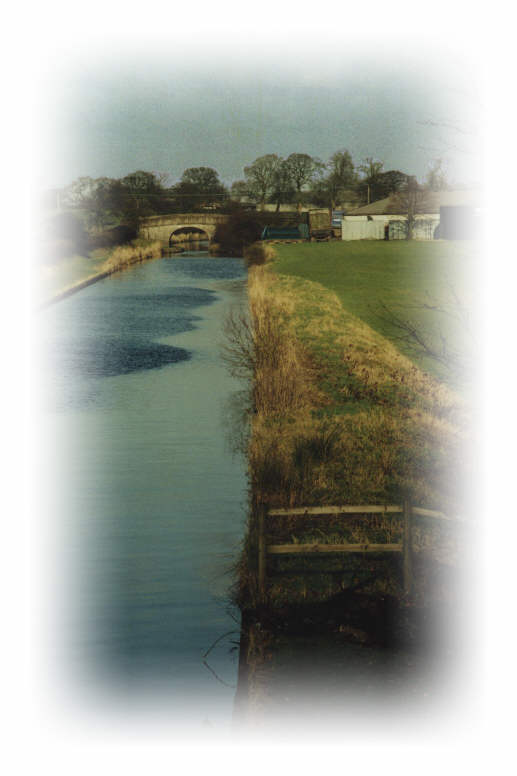-
- Habitat
needed
- Habitat
lost
- Habitat
maintenance
- Habitat
corridors
- Habitat
grants
- Nest
sites lost
- Nest site maintenace
- Nest Boxes
- Causes of
death
Main index
|
- Habitat
maintenance

-
- Barn Owls are
birds of low-lying open farmland and the woodland
edge. They will only attempt to breed if
sufficient areas of rough ungrazed or lightly
grazed tussocky grassland are present in the form
of whole fields or field margins. The Barn Owl
will normally feed within 1-2 km (0.6-1.2 miles)
of the nest site requiring a minimum of 50 ha
(120 acres) of rough grassland.
-
- In regions
where the grassy banks of rivers, canals,
ditches, hedgerows, farm tracks and woodland edge
provide the only suitable habitat, the Barn Owl
will range up to 4 km (2.5 miles) or more.
Grassland margins 6 metres (20ft) or more wide
can be created easily by reducing the amount of
cutting and spraying of non-selective herbicides
beneath hedgerows, and by allowing rough
grassland edges to regenerate along existing
natural features of the farm, such as rivers,
canals, ditches, hedgerows, farm tracks and
woodland edge. The tussocky grass which
eventually develops will require cutting, or
grazing, once eveiy two or three years in the
late autumn, to prevent the development of hard
scrub.
-
- Thick hedges
and woodland plots provide cover for small
mammals and other wildlife. The rough grassland
which develops on the banks of drainage ditches
is an important foraging habitat for the Barn
Owl. When ditches need to be cleared, dredging
and bank scraping should be limited to just one
side of the ditch one year and the other side the
next year. This form of rotational management
allows these important habitats to remain intact.
|